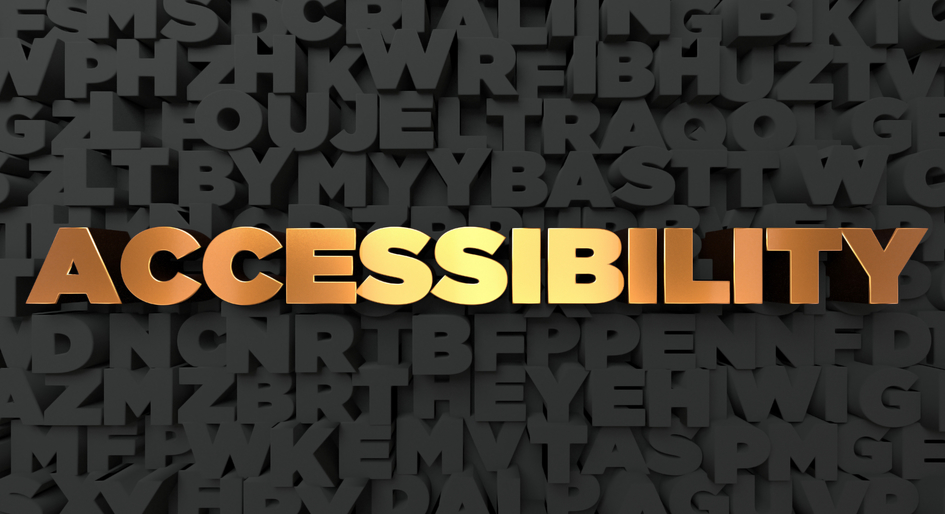A package of proposed changes to Canada’s National Building Code aims to improve navigability and safety in large buildings for people with mobility, vision and/or hearing constraints. This includes: new barrier-free design principles linked to specified minimum requirements for turning space, clearance from structural protrusions and equitable access to all building entrances; an emphasis on ensuring universal ability to comprehend and use controls and recognize and respond to hazards; and stipulated features in public spaces such as washrooms, change rooms, service counters and theatres/assembly rooms.
Code drafters acknowledge that it’s the first significant update of accessibility measures since 1985, and that a more progressive model code is needed to promote fairness and consistency. Proposed changes would apply for new construction and major renovations in larger commercial and multi-residential buildings governed by Part 3 of the code only if and when the provinces and territories choose to adopt them. However, many jurisdictions have already demonstrated an openness to change.
“The different approaches on accessibility are starting to cause significant disharmony amongst the provinces and territories. This is largely because several provinces and territories have started to develop their own requirements to improve upon the status quo, ” the code change rationale from the Canadian Commission on Building and Fire Codes (CCBFC) states. “Often the terminology and criteria for establishing better-than-code requirements varies by jurisdiction, making it difficult to compare one criterion to the next. This patchwork of programs and lack of consistency across Canada is causing confusion amongst industry, regulators and the general public.”
The 54 proposed accessibility provisions were released for public review in January. That follows an earlier phase of review in the fall of 2019 when proposed changes were introduced that would mandate grab bars in bathtubs and showers in all new residential construction — multi-residential and single-family.
In many cases, developers and building owners competing for tenants or condominium buyers already build in accordance with some of proposed new measures. Notably, the current code requires 50 per cent of building entrances to be accessible to pedestrians, which, in essence, often forces people with disabilities to cover extra distance to enter a building or leave a property. Under the proposed change, all public building entrances must be accessible, but service entrances would be exempted.
“The impact of such a requirement, when addressed at the design change, is minimal,” the CCBFC’s code change rationale states. “In new buildings, most entrances are accessible.”
Other proposed changes may be newer concepts or less instinctively understood for developers, owners and managers. However, many of the measures, particularly those related to improving navigability and safety for people with vision and/or hearing limitations, are projected to have minimal cost impact in new construction. Some could also be fairly easily and cost-effectively implemented in existing buildings if owners, managers or condo boards chose to be proactive.
Perhaps the simplest proposed measure requires that doors and doorframes for washrooms, in public corridors and at the exit to an egress be visibly distinct from surrounding wall surfaces so that people with impaired vision can more easily detect them. The capital outlay for tactile warning surfaces — proposed as a measure to help people with impaired vision to identify open edges around stairs and changes in surface elevation — would be somewhat higher, estimated at $60 to $120 per square foot depending on chosen materials and whether it is cast in place or applied on the floor surface.
In support of universal comprehension, it’s proposed that instructional signs identifying exits, floor numbering and emergency evacuation procedures must be: in both visual and tactile format; mounted in specified locations where building users will universally know to find them; and placed within the sightline of wheelchair and other mobility device users. Similarly, control devices (often button- or card-activated) must provide both audible and visual feedback signals — i.e. a chime and a light turning from red to green.
Other proposed changes specify minimum illumination levels in areas where such controls must be activated, around signage and above escalators and moving walkways. “Controls for the operation of building services or safety devices, including electrical switches, thermostats, faucets, door hardware and intercom switches, that are intended to be operated by the occupant are important to be adequately illuminated so people are able to find and use them, particularly where they might affect health, safety and egress,” the code change rationale notes.
The cost for tactile signage is pegged at $50 to $80 per sign, but audible/visual feedback signals are deemed to add no extra cost “when addressed at the design stage of control”. Meanwhile, added costs of heightened task-specific illumination are estimated at less than 10 per cent of total lighting and branch wiring costs, equating to less than 1 per cent of construction costs.
“It should be noted that the lighting levels being proposed are consistent with lighting levels already required in the National Building Code for lighting of certain rooms in spaces in public areas,” the code change rationale adds.



